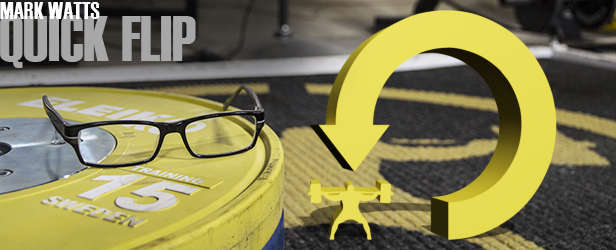
Fast | Easy to Read | Great Content | Unedited
The Adversity Quotient
During a podcast interview with Todd Hamer, he talked about the difference between IQ and EQ. Basically, there have been studies saying that the a person's emotional quotient may be a more accurate predictor of success than their intelligence quotient.
Author Paul Stoltz has added another factor call the Adversity Quotient. He wrote a book on the subject in 1997. I read this book and filled out the worksheet. I revisited this book recently. I have always been intrigue by and feel compelled to address the topic of adversity and how different people deal with it.
Adversity doesn't build character, it reveals it.
Adversity is the one unavoidable aspect of our lives which truly defines us as people. How someone deals with adversity will show how that person was raised, what they deal with on a day to day basis, and whether you want to depend on them for anything.
The ultimate measure of a man is not where he stands in moments of comfort and convenience, but where he stands at times of challenge and controversy.
–Dr. Martin Luther King Jr.
Stoltz catergories most people in the work place as the following:
- Quitters – Bitter, depressed, and emotionally numb
- Campers – Satisfied with sufficing and not striving
- Climbers – Have a strong faith in something bigger than themselves.
Stoltz goes on to compare these three categories in Maslow's Hierarchy of Needs:
- Quitters are often stuck on psychological and safety needs.
- Campers are focused on safety, belonging, and esteem needs.
- Climbers work their way up to self-esteem needs.
The Tree of Success
Another model Stotlz uses is the Tree of Success. This can relate to coaching, athletics and the work-place.
- The Roots – Genetics, upbringing, and faith
- The Trunk – Character, health, and intelligence
- The Branches – Talent and desire
- The Leaves – Performance
Obviously, this tree represents the level of performance that is directly related to talent and desire, which is directly related to character, health, and intelligence, and so on.
As a strength and conditioning coach, you may not have any impact on the roots. You also don't want to focus your time on the leaves, that will take care of itself and it is also not your job. You have little impact on the branches as well. This is dependent on the athlete. Spend your time on the trunk.
Character = Mentor
Health = Protect
Intelligence (Knowledge) = Educate
Optimists vs. Pessimists
Pessimists see adversity as permanent, pervasive, and personal.
Optimists see adversity as temporary, limited, and external.
Three Levels of Adversity
- Societal
- Workplace
- Individual
The Building Blocks of AQ
- Cognitive Psychology – One's ability to deal with adversity influences all aspects of performance and success
- Neurophysiology – The brain is equiped to form habits. Those habits can be changed or formed to overcome adversity
- Psychoneuroimmunology – There is a direct link with how we mentally deal with stress and our physical health and wellness
The CO2RE Dimension of AQ
A tool to find out your Adversity Quotient:
- Control – How much control do you have over the adversity?
- Origin – Who or what is the origin of the adversity?
- Ownership – What part to I have in the adverse situation?
- Reach – How far will the adversity reach to other aspects of my life?
- Endurance – How long will the adversity last?
Overall, when coaches and employees can recognize that their AQ is as important as their IQ and EQ, the path to success can become much clearer.








